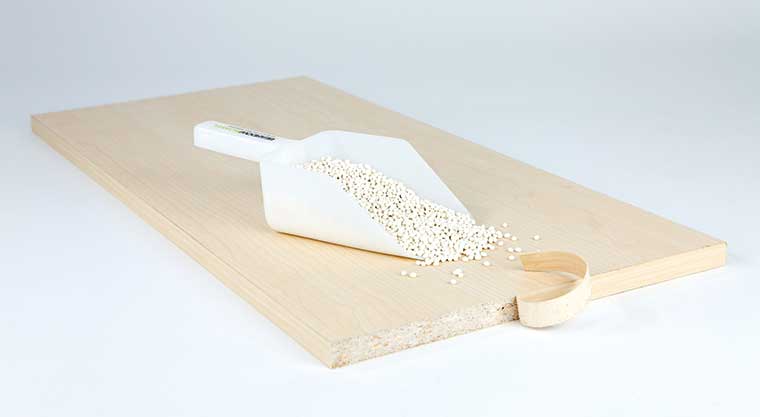The demand for increased heat resistance and water resistance, as well as the switch to ‘complete line’ manufacturing processes, is fundamentally changing the woodworking business. But how does using the right hot-melt adhesive assist your business in overcoming these challenges? Furniture & Joinery Production heard from Eric Coveney, the head of marketing at adhesive experts Beardow & Adams, to find out more.
.
Consumers expect kitchen and bathroom furniture to be able to withstand the rigours of everyday use, but with an increasing number of appliances – from boiling water taps to multiple ovens – being used in the home, this creates extra demands on wood furniture and its ability to cope with water and heat. This is in addition to the damage that can be caused by kitchen leaks or bathroom accidents.
Furniture manufacturers must address these issues in order to meet the demands of customers and to stand out from the competition.

How do woodworking and furniture manufacturers gain an edge?
Hot-melt adhesives may only make up a small percentage of furniture items, yet have a significant impact on its long term durability. A strong bond plays a ‘make or break’ role, ensuring protective edgebanding and profile wrapping is held firming in place, whilst maintaining its attractive appearance. Thus helping to keep consumers happy with the overall look and feel of their kitchen and bathroom furniture for years to come.
Choosing the right adhesive is therefore essential. Working closely with partners across the woodworking industry, Beardow Adams develops hot melts using the latest raw materials and formulation technologies. Whether it’s for custom hot melts or off-the-shelf products, our in-house experts can test adhesive performance with each new substrate and application to ensure that furniture manufacturers are always ready to succeed.

Streamlined production process
Another trend is for complete line woodworking set-ups, where a single wood glue – such as BAM 2442 – is used for both edgebanding and profile wrapping.
The process begins with the application of BAM 2272A, a specialist filler that is used to fill holes in substrates and form a protective film. Filling is less expensive when using a high viscosity specialist material, as opposed to lower viscosity adhesives, and provides better resistance to water ingress and damage.
This set-up helps to streamline production and reduce stock inventories, whilst improving overall product performance including resistance to water damage.
For further information on hot-melt adhesives and how they may help your business meet the latest trends in woodworking, contact Bearstow & Adams.
01908 574000








